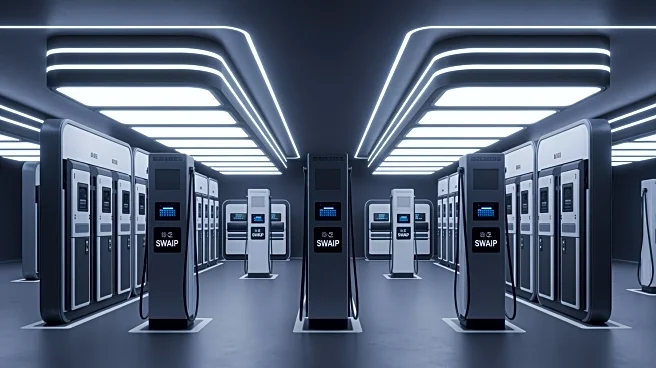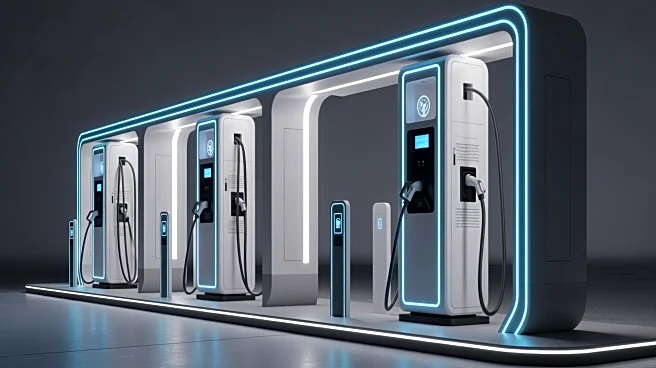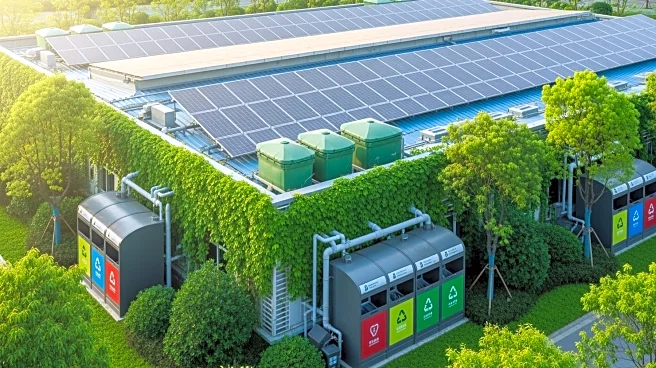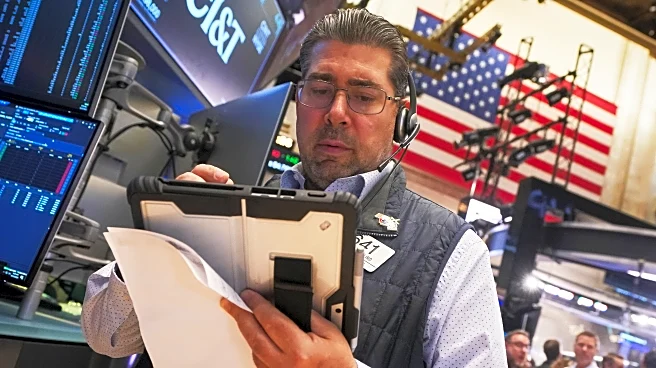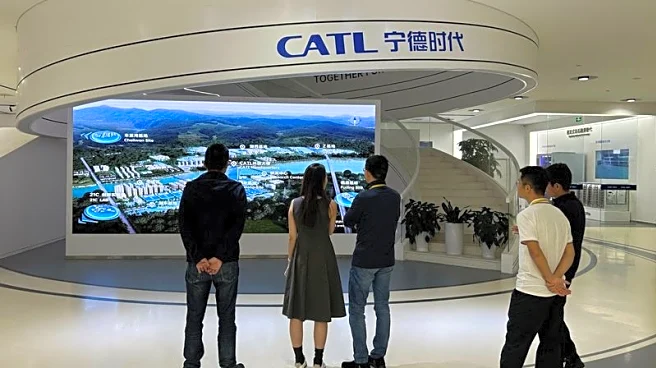What's Happening?
Chinese battery manufacturer CATL has announced plans to significantly expand its battery swap network, aiming to operate over 2,500 stations across more than 120 cities in China by the end of 2026. This
expansion is part of CATL's Choco-SEB swap network, which currently includes 700 stations in 39 cities. The company plans to increase this number to 1,000 stations by the end of 2025, with 300 stations dedicated to heavy-duty trucks. This move underscores CATL's commitment to enhancing infrastructure for electric vehicles and supporting the growing demand for efficient battery swapping solutions.
Why It's Important?
The expansion of CATL's battery swap network is a significant development in the electric vehicle industry, particularly in China, which is a major market for electric vehicles. By increasing the number of swap stations, CATL is addressing one of the key challenges in the EV sector: the need for quick and convenient battery replacement options. This initiative could lead to increased adoption of electric vehicles, as it reduces the downtime associated with charging. Furthermore, the focus on heavy-duty trucks indicates a strategic push to electrify commercial transportation, which could have substantial environmental benefits by reducing emissions from one of the largest sources of pollution.
What's Next?
As CATL continues to expand its network, it is likely to face competition from other battery manufacturers and EV infrastructure providers. The success of this initiative will depend on the company's ability to maintain high operational standards and ensure the reliability of its swap stations. Additionally, the expansion may prompt regulatory considerations, as local governments assess the impact of increased EV infrastructure on urban planning and environmental policies. Stakeholders in the automotive and energy sectors will be closely monitoring CATL's progress, as it could set a precedent for similar initiatives globally.
Beyond the Headlines
The expansion of battery swap stations by CATL could have broader implications for the global EV market. As China leads in EV adoption, other countries may look to replicate this model to overcome charging infrastructure challenges. This could accelerate the transition to electric mobility worldwide, influencing automotive industry standards and consumer expectations. Moreover, the focus on heavy-duty trucks highlights the potential for electrification in logistics and freight, sectors that have traditionally been slow to adopt green technologies.
